The Slender Mongoose (Galerella sanguinea), also known as the Black-tipped Mongoose or the Black-tailed Mongoose, is properly called. It is small, slender, and nearly sinuous. This kind of mongoose is a successful—if diminutive—predator because it is built for flexibility, strength, and the ability to climb and burrow.
Slender mongooses are among the most common mongoose species found south of the Sahara. Except for the deepest rain forests and South Africa, they are found across this region.
Slender mongooses may survive almost anywhere, from sea level to 8,900 feet (2,700 m), and from semi-desert to forest edges. They are at ease living beside roadways and amid human settlements.
The Slender Mongoose is found throughout South Africa’s central and northeastern areas, as well as Namibia, Botswana, Zimbabwe, and up into East and West Africa.
Common Slender Mongoose: Species Profile
COMMON NAME: Common Slender Mongoose
SWAHILI NAME: Nguchiro Mwembamba
SCIENTIFIC NAME: Herpestes sanguineus
TYPE: Mammal
FOOD: Common slender mongooses are carnivorous, primarily feeding on small mammals, birds, reptiles, insects, and eggs. They may also consume fruits and berries occasionally.
HABITAT: Common slender mongooses are found in various habitats, including grasslands, woodlands, shrublands, and savannas. They are native to sub-Saharan Africa.
SIZE: Common slender mongooses have a body length of approximately 40 to 60 centimeters (16 to 24 inches), with a tail length of about 25 to 30 centimeters (10 to 12 inches). They weigh between 500 grams to 1.5 kilograms (1.1 to 3.3 pounds).
AVERAGE LIFE SPAN IN THE NATURAL HABITAT: In the wild, common slender mongooses have an average lifespan of around 6 to 10 years. However, some individuals may live longer under favorable conditions.
ACTIVE: Common slender mongooses are diurnal creatures, meaning they are active during the day. They are known for their agility and quick movements, allowing them to hunt and explore their surroundings effectively.
GESTATION PERIOD: The gestation period for common slender mongooses is approximately 60 to 70 days. Females give birth to litters of 2 to 4 pups, which are born in underground burrows or other sheltered areas.
WEIGHT: Common slender mongooses typically weigh between 500 grams to 1.5 kilograms (1.1 to 3.3 pounds), making them relatively small and lightweight mammals. They have a slender body, short legs, and a pointed snout.
SIZE COMPARISON TO A 6-FT MAN: Common slender mongooses are significantly smaller than a 6-ft man, with a body length of approximately 40 to 60 centimeters (16 to 24 inches). They are agile and nimble, allowing them to navigate through their habitat with ease.
Physical Features:
The Common Slender Mongoose (Galerella sanguinea) is a small carnivorous mammal found in various regions of Africa, including Tanzania. Here is a description of its appearance:
Body: The Common Slender Mongoose has a sleek and slender body, measuring approximately 30 to 45 centimeters (12 to 18 inches) in length. Its body is elongated, with a relatively short tail that adds an additional 15 to 25 centimeters (6 to 10 inches) to its overall length.
Fur: The mongoose’s fur is short, dense, and typically has a reddish-brown to chestnut-brown coloration. It may exhibit variations in color, ranging from lighter shades to darker hues, depending on the individual and subspecies.
Head: The head of the Common Slender Mongoose is small in proportion to its body, with a pointed snout and small rounded ears. Its eyes are relatively large and provide good vision for hunting and navigating its environment.
Limbs: This mongoose has well-developed limbs, with short and sturdy legs that end in sharp claws. These claws are useful for climbing trees, digging, and capturing prey.
Tail: The tail of the Common Slender Mongoose is moderately long, measuring approximately 15 to 25 centimeters (6 to 10 inches). It is covered in fur and often has a slightly darker color compared to the rest of the body.
Size and Weight: Adult Common Slender Mongooses typically weigh between 400 to 900 grams (0.9 to 2 pounds). Males are generally larger than females, but the size difference is not significant.
Distinctive Markings: While the overall coloration of the Common Slender Mongoose is relatively uniform, it may exhibit darker bands or spots along its back and sides, which can vary in intensity and pattern among individuals.
Overall, the Common Slender Mongoose has a slender and agile body, well-suited for its active and predatory lifestyle in the diverse habitats it inhabits.
A. Sleek and Slender Body:
The Common Slender Mongoose lives up to its name with its sleek and slender body, designed for swift movements and agility. It typically measures around 40 to 50 centimeters in length, with a long tail that adds balance and assists in maneuvering through its habitat.
B. Rich Coat Coloration:
This mongoose species displays a wide range of coat colors, varying from reddish-brown to grayish-brown. Some individuals may exhibit a spotted or speckled pattern on their fur, adding to their visual appeal and camouflage in their natural surroundings.
Behavior and Habitat:
The Common Slender Mongoose (Galerella sanguinea) is a fascinating creature with a range of behaviors that help it thrive in its natural habitat. Here are some key aspects of its behavior:
Sociability: Common Slender Mongooses are highly social animals and are often found living in small family groups known as “troops” or “bands.” These troops typically consist of several individuals, including an alpha male and female, their offspring, and sometimes additional adult males.
Communication: Communication is vital among Common Slender Mongooses. They use various vocalizations, including chirps, growls, and hisses, to convey different messages to members of their troop. Scent marking is also an essential form of communication, with individuals using their anal glands to mark their territory.
Foraging: The Common Slender Mongoose is primarily diurnal, meaning it is most active during the day. It is an opportunistic predator, feeding on a varied diet that includes insects, small mammals, birds, reptiles, and occasionally fruits and seeds. They use their sharp claws and agility to dig for insects and search through vegetation for prey.
Hunting Strategy: When hunting, Common Slender Mongooses use their keen sense of smell and sharp eyesight to locate potential prey. They employ a combination of stalking, pouncing, and digging techniques to capture their prey. Their slender body and agile movements make them skilled hunters, allowing them to navigate through tight spaces and catch elusive prey.
Reproduction: Breeding in Common Slender Mongooses typically occurs during the rainy season when food availability is abundant. The alpha pair is responsible for most of the breeding, but other adult members of the troop may also mate. After a gestation period of around two months, the female gives birth to a litter of usually two to four pups.
Defense Mechanisms: When faced with a threat, Common Slender Mongooses exhibit defensive behaviors. They may stand their ground, puff up their fur to appear larger, emit warning calls to alert others, or engage in coordinated aggression to deter predators. If necessary, they can also retreat to their burrows or seek shelter in dense vegetation.
Overall, the behavior of the Common Slender Mongoose is characterized by social cohesion, opportunistic feeding, and effective predator-prey interactions. These behaviors contribute to their survival and success in the wild.
A. Solitary Nocturnal Hunter:
The Common Slender Mongoose is primarily a solitary and nocturnal hunter, active during the night to avoid competition with diurnal predators. It roams a variety of habitats, including grasslands, savannas, woodland areas, and even human-altered landscapes like agricultural fields.
B. Agile and Quick-Witted:
Equipped with sharp claws and a keen sense of smell, the Common Slender Mongoose is an adept hunter. It uses its agility and quick reflexes to catch a diverse array of prey, including insects, rodents, reptiles, birds, and eggs. Its ability to adapt its hunting techniques to different prey species is a testament to its intelligence and resourcefulness.
Ecological Significance:
A. Pest Control:
The Common Slender Mongoose plays a vital role in maintaining the balance of ecosystems by controlling populations of insects and small vertebrates. By preying on pests like rats and snakes, it helps prevent agricultural damage and reduces the risk of disease transmission.
B. Seed Dispersal:
As an unintentional seed disperser, the Common Slender Mongoose aids in the propagation of plant species. Seeds consumed in fruits and berries are deposited in various locations through its scat, contributing to the dispersal and germination of plants and promoting vegetation diversity.
Conservation Status and Threats:
A. Habitat Loss and Fragmentation:
The primary threat to the Common Slender Mongoose is habitat loss and fragmentation due to human activities such as deforestation, land conversion, and urbanization. These factors restrict its natural range, disrupt its foraging patterns, and limit its access to resources.
B. Human-Wildlife Conflict:
Occasional conflicts may arise between the Common Slender Mongoose and humans, particularly when mongooses enter human settlements or prey upon poultry. Encouraging responsible waste management, securing livestock enclosures, and raising awareness about coexistence can help mitigate such conflicts.
Conservation Efforts:
A. Protected Areas and Wildlife Corridors:
Establishing and effectively managing protected areas, national parks, and wildlife corridors are crucial for the conservation of the Common Slender Mongoose. These protected spaces provide sanctuary for the species and allow for the free movement and genetic exchange between populations.
B. Education and Community Involvement:
Promoting education and community involvement is vital for the conservation of the Common Slender Mongoose. By engaging local communities in conservation initiatives, raising awareness about the importance of mongoose conservation, and providing sustainable livelihood options, we can foster a sense of stewardship and collective responsibility for the mongoose’s well-being.
Galerella sanguinea
The Galerella sanguinea (Common Slender Mongoose), with its sleek physique, adaptive behavior, and ecological contributions, embodies the remarkable diversity of African wildlife. By safeguarding its habitats, mitigating conflicts, and involving local communities in conservation efforts, we can ensure the long-term survival of this extraordinary mongoose and contribute to the conservation of African ecosystems as a whole.
Common Slender Mongoose Adaptations
The Common Slender Mongoose (Galerella sanguinea) has several adaptations that contribute to its survival in its natural habitat. Here are some notable adaptations:
Body Structure: The Common Slender Mongoose has a long, slim body with relatively short legs. This body structure enables it to move swiftly and navigate through various terrains, including dense vegetation and narrow crevices. Its flexible spine and agile movements aid in hunting and escaping from predators.
Claws and Teeth: The mongoose possesses sharp, curved claws that are well-suited for digging burrows, searching for prey in the ground, and climbing trees. Its teeth are adapted for a carnivorous diet, with sharp incisors and canines that help capture and tear apart prey.
Sense of Smell and Sight: The Common Slender Mongoose has a highly developed sense of smell, which allows it to detect the scent of potential prey, mark territory, and communicate with other members of its troop. It also has keen eyesight, aiding in the detection of movement and spotting potential threats or food sources.
Anal Glands: The mongoose possesses anal glands that produce a strong-smelling secretion. It uses this scent to mark its territory and communicate with other mongooses. The scent helps establish social hierarchies and identify individuals within a troop.
Agility and Reflexes: The Common Slender Mongoose is incredibly agile, with quick reflexes that enable it to evade predators and capture fast-moving prey. Its ability to climb trees, dig burrows, and navigate through challenging terrain contributes to its adaptability and survival.
Cooperative Behavior: Common Slender Mongooses exhibit cooperative behavior within their troops. By living in groups, they gain advantages such as increased protection against predators, shared hunting strategies, and communal care for young. Cooperation within the troop enhances their chances of survival and successful reproduction.
These adaptations collectively enhance the Common Slender Mongoose’s ability to forage for food, defend against predators, communicate within its troop, and thrive in its environment.
Where to See Common Slender Mongooses in Tanzania
The Common Slender Mongoose (Galerella sanguinea) can be found in various regions of Tanzania. It is widely distributed across the country, particularly in savannahs, grasslands, woodlands, and bushy areas. Here are some specific places where you may have the opportunity to see Common Slender Mongooses in Tanzania:
- Serengeti National Park: Known for its abundant wildlife, including mongooses, the Serengeti offers a chance to spot Common Slender Mongooses while on a safari.
- Ngorongoro Conservation Area: This diverse area is home to a wide range of wildlife, and the Common Slender Mongoose is among the species that can be encountered here.
- Tarangire National Park: With its picturesque landscapes and dense vegetation, Tarangire provides a suitable habitat for the Common Slender Mongoose. Keep an eye out for them during your visit.
- Manyara Ranch Conservancy: Located near Lake Manyara National Park, this private conservancy offers opportunities for wildlife sightings, including the Common Slender Mongoose.
- Ruaha National Park: As Tanzania’s largest national park, Ruaha is home to a variety of animal species, including the Common Slender Mongoose. Exploring the park’s diverse habitats may increase your chances of spotting them.
Remember that mongooses are primarily active during the day, so it’s best to plan your sightings during daylight hours. While they are widespread in Tanzania, their elusive nature and small size may require some patience and keen observation to spot them in the wild. It’s always advisable to go on a guided safari or consult with local experts who can provide you with up-to-date information on the best locations and times to see Common Slender Mongooses in Tanzania.
Common Slender Mongoose Safari Tips
When embarking on a safari to spot the Common Slender Mongoose, it’s important to keep a few tips in mind for a successful and enjoyable experience:
- Choose the Right Time: The Common Slender Mongoose is most active during the early morning and late afternoon. Plan your safari accordingly to increase your chances of sighting these elusive creatures.
- Seek the Right Habitat: Common Slender Mongooses are commonly found in grasslands, woodlands, and savannahs. Look for areas with dense vegetation and a water source, as they are known to frequent these habitats.
- Hire an Experienced Guide: Engaging the services of a knowledgeable safari guide is crucial. They have a wealth of expertise in locating and tracking wildlife, including the Common Slender Mongoose. Their insights and experience will greatly enhance your chances of spotting these elusive creatures.
- Be Patient and Observant: The Common Slender Mongoose is a shy and cautious animal, so patience is key. Stay alert and scan the surroundings for any signs of movement or activity. Pay attention to rustling grass, tracks, or calls from other animals, as they can indicate the presence of mongooses nearby.
- Keep a Safe Distance: While observing the Common Slender Mongoose, it’s important to maintain a respectful distance and avoid disturbing their natural behavior. Do not approach or attempt to feed them. Remember that you are a guest in their habitat and should prioritize their well-being.
- Use Binoculars and Cameras: Binoculars and cameras with telephoto lenses are essential for a close-up view of the Common Slender Mongoose without intruding on their space. These tools allow you to observe their behavior and capture memorable photographs from a safe distance.
- Respect Wildlife Etiquette: Always adhere to the guidelines and rules set by the park or reserve you are visiting. Follow instructions from your guide and respect the wildlife and their environment. By being responsible and considerate, you contribute to the conservation efforts and ensure a sustainable future for these remarkable creatures.
Remember, wildlife sightings are never guaranteed, but by following these safari tips and maintaining a positive and respectful attitude, you increase your chances of encountering the fascinating Common Slender Mongoose in its natural habitat. Enjoy the adventure and cherish the unique moments you witness during your safari experience.
Common Slender Mongoose FAQs
- What is the Common Slender Mongoose?
The Common Slender Mongoose (Galerella sanguinea) is a small carnivorous mammal native to Sub-Saharan Africa. It belongs to the mongoose family and is known for its slender body, pointed snout, and reddish-brown fur. - Where can I find the Common Slender Mongoose?
Common Slender Mongooses are found in various countries across Africa, including Tanzania, Kenya, Uganda, Rwanda, and more. They inhabit a range of habitats such as grasslands, woodlands, and savannahs. - What do Common Slender Mongooses eat?
Their diet consists primarily of small vertebrates, insects, rodents, birds, eggs, and occasionally fruits. They are skilled hunters and have been known to catch prey larger than themselves. - Are Common Slender Mongooses social animals?
Yes, Common Slender Mongooses are highly social animals that live in small family groups called troops. These troops usually consist of an adult pair and their offspring. They engage in cooperative behaviors, such as foraging together and defending their territory. - Are Common Slender Mongooses diurnal or nocturnal?
Common Slender Mongooses are primarily diurnal, meaning they are active during the daytime. However, they may also exhibit some nocturnal activity, especially in areas with high human activity or predator presence. - Do Common Slender Mongooses have any predators?
While they are agile and quick, Common Slender Mongooses have predators in their natural environment. Predators may include larger carnivores such as leopards, eagles, snakes, and larger mammals. - Are Common Slender Mongooses endangered?
As of now, the Common Slender Mongoose is not classified as an endangered species. However, habitat loss and fragmentation, as well as conflicts with humans, pose potential threats to their populations. - Can I keep a Common Slender Mongoose as a pet?
No, it is not recommended to keep Common Slender Mongooses as pets. They are wild animals with specific needs and behaviors that are difficult to replicate in captivity. It is important to respect their natural habitat and support conservation efforts to ensure their long-term survival. - Can I interact with Common Slender Mongooses in the wild?
It is best to observe Common Slender Mongooses from a safe distance and avoid direct interaction. While they may appear cute and approachable, they are still wild animals and should be respected as such. Enjoy observing their natural behaviors without disturbing them or their environment. - Are Common Slender Mongooses important for the ecosystem?
Yes, Common Slender Mongooses play a vital role in maintaining the ecological balance of their habitats. As predators, they help control populations of small vertebrates and insects, contributing to the overall health and functioning of the ecosystem.
Remember to always prioritize the well-being of wildlife and their natural habitat when encountering the Common Slender Mongoose or any other species during your safari adventures.

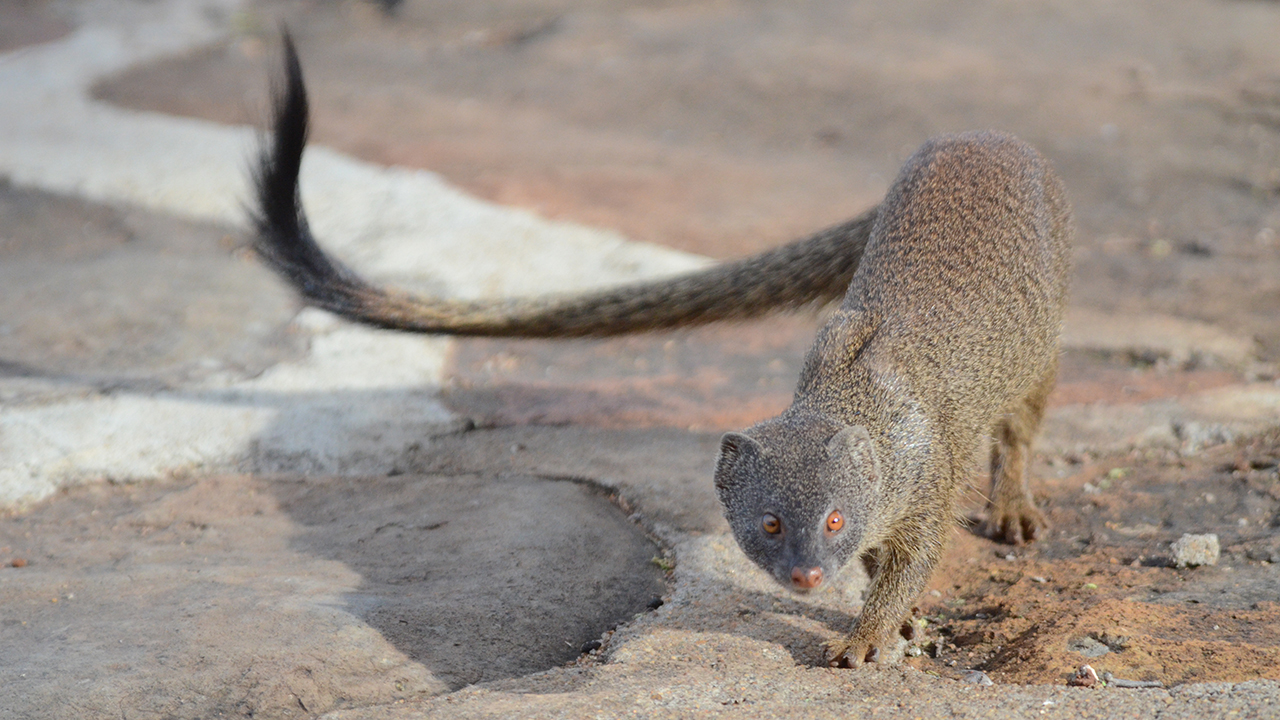
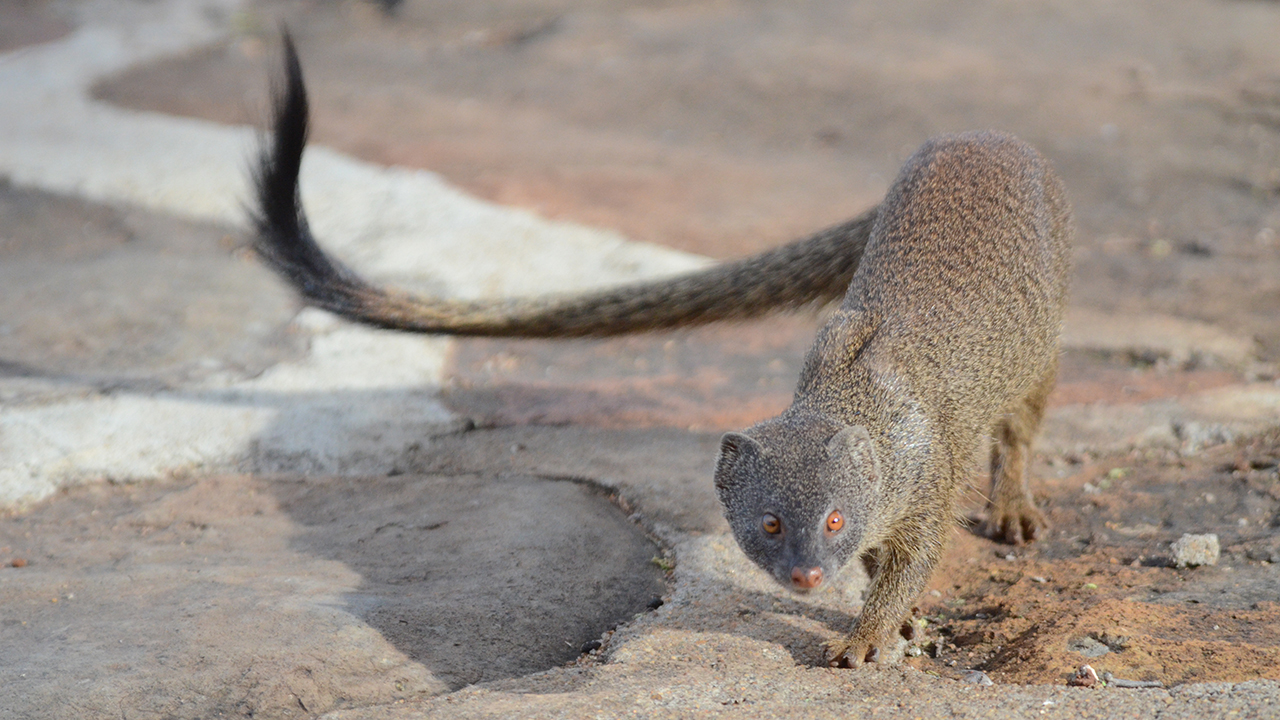
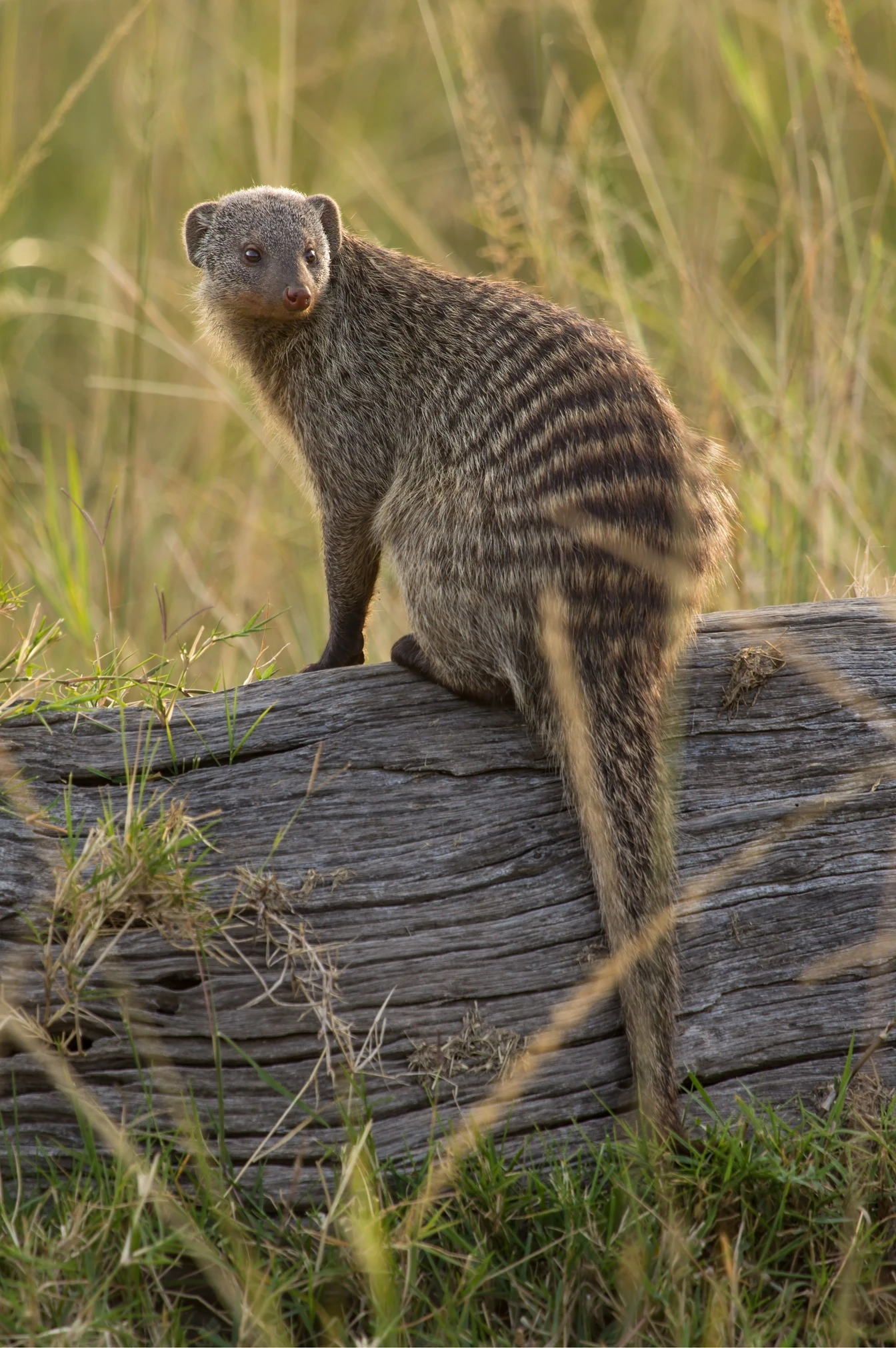
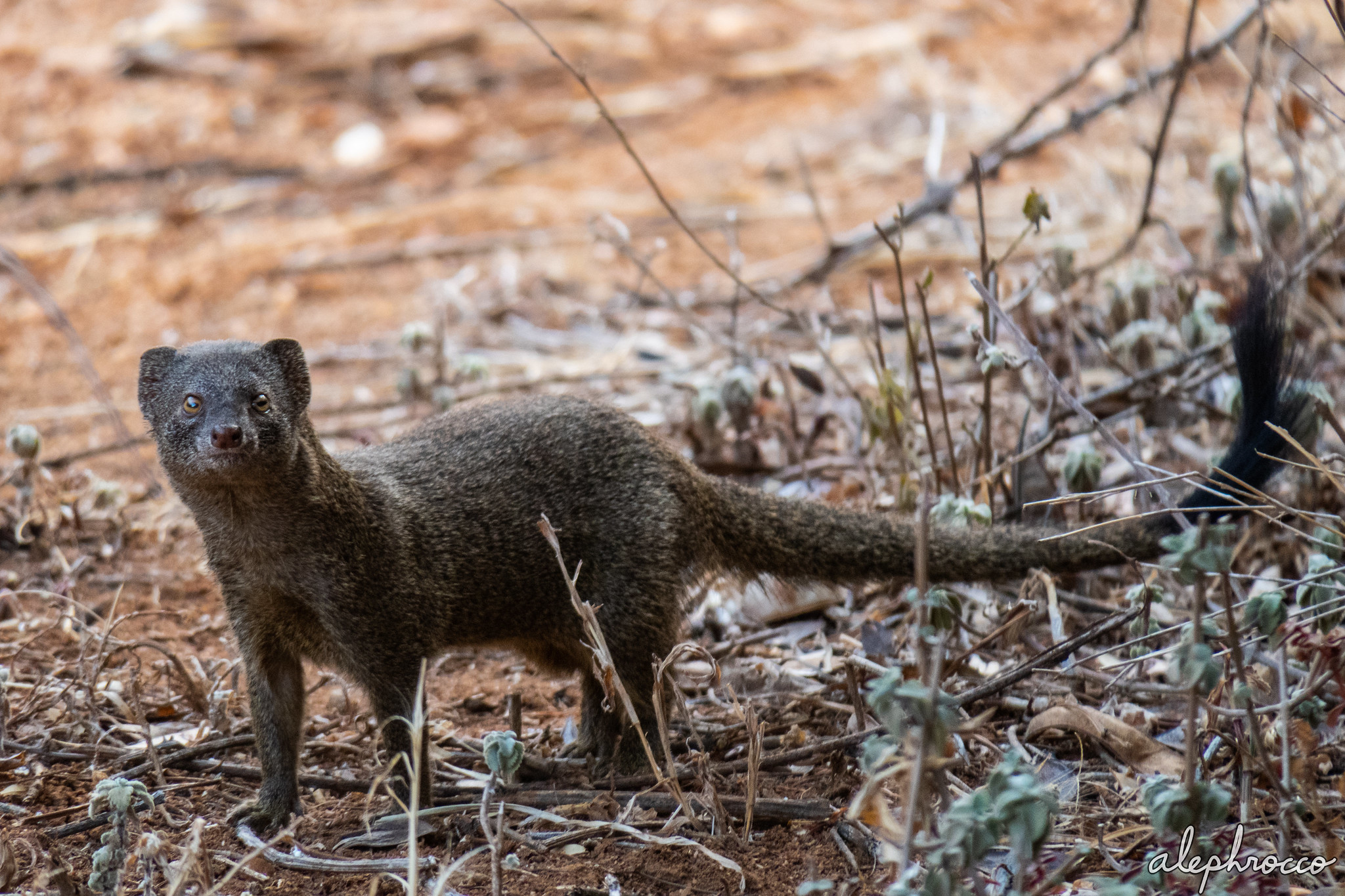

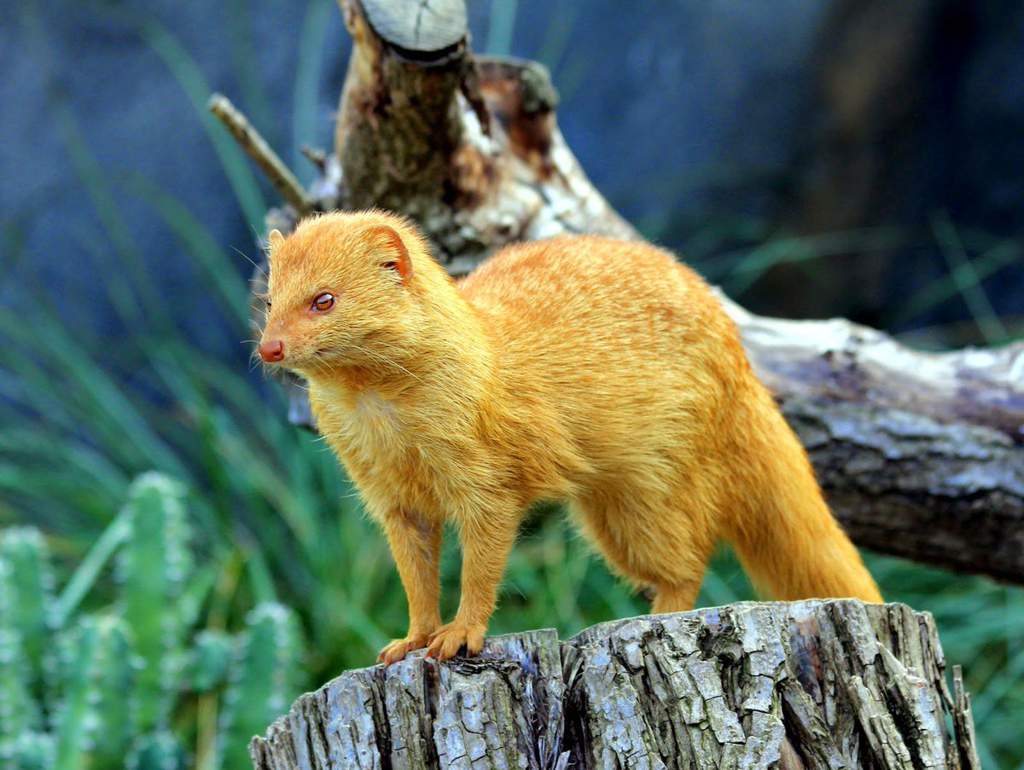
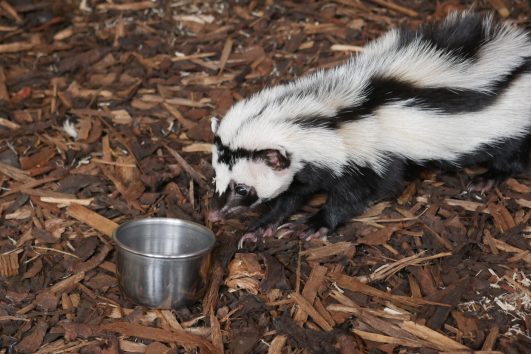
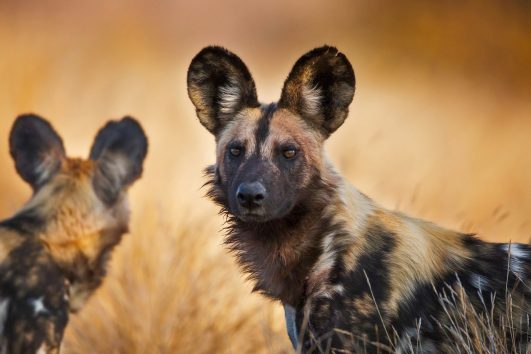
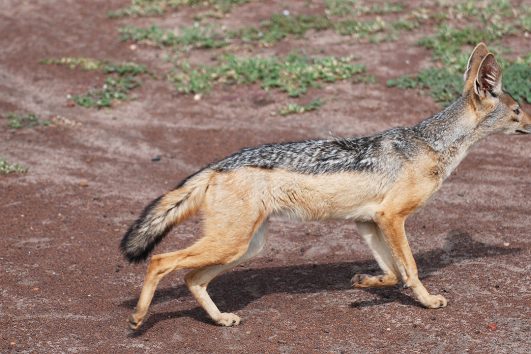
Tour Reviews
There are no reviews yet.
Leave a Review